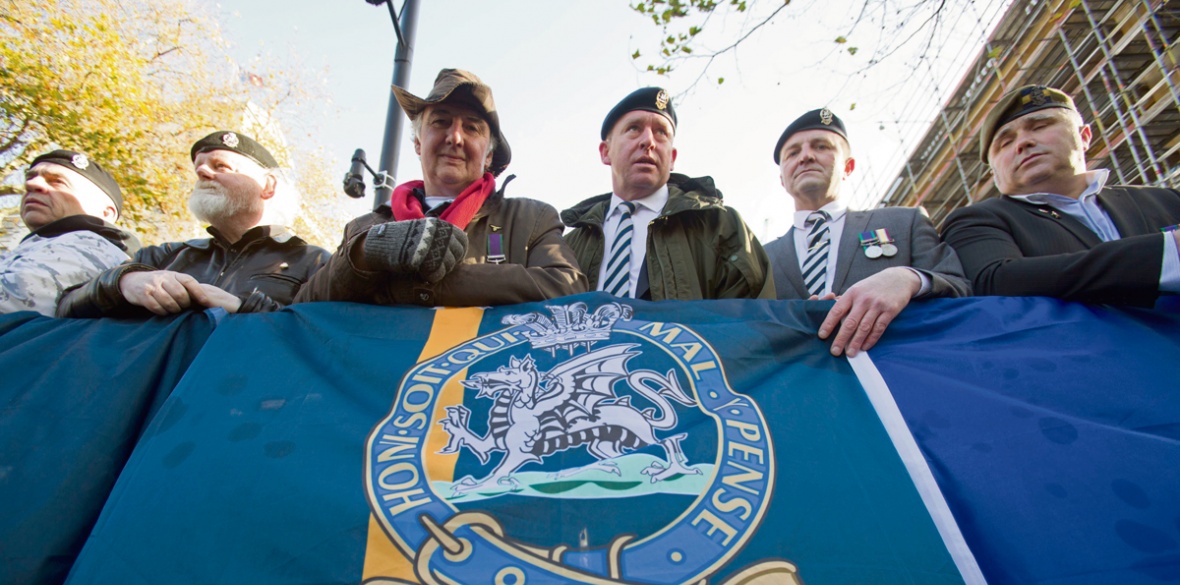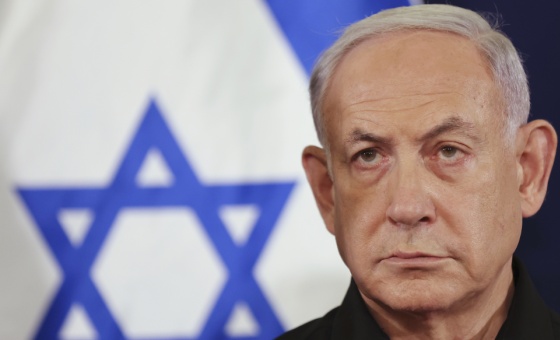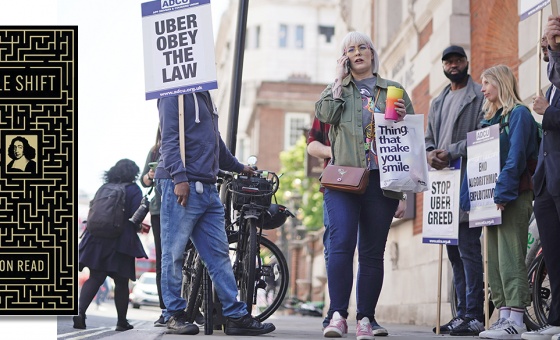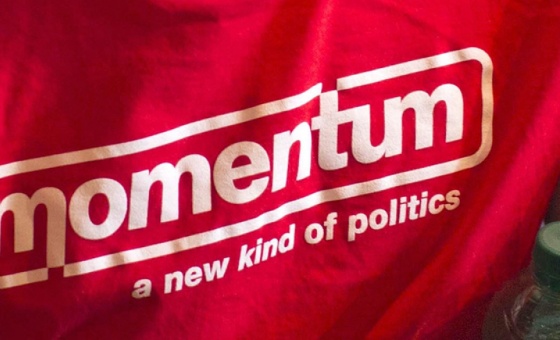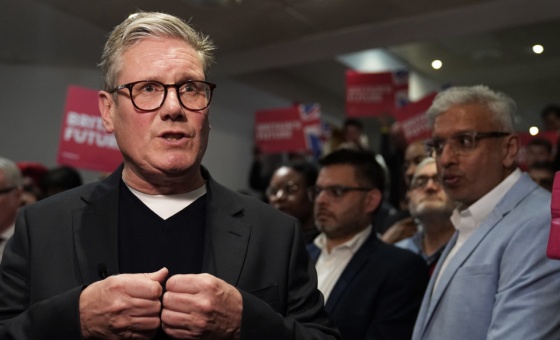This is the last article you can read this month
You can read more article this month
You can read more articles this month
Sorry your limit is up for this month
Reset on:
Please help support the Morning Star by subscribing here
Sometimes, the danger of speaking out in an attempt to defend the indefensible can result in the argument initially being challenged becoming stronger.
The Northern Ireland Veterans Association (NIVA) appeal to crowdfund £50,000 to make a film to be titled The Great Betrayal is a case in point.
The veterans claim the film will, amongst other things, highlight the evil acts of violence carried out on men, women and children by the Provisional Irish Republican Army (PIRA).
Announcing the appeal, former Grenadier Guardsman, Alan Barry of the NIVA said: “No-one wants the truth to be told. Instead of relying on our spineless media, let’s get the true facts on record and show the public who Sinn Fein really are and why this great nation should reject the current one-sided and politically driven witch-hunt.”
Barry couldn’t be more wrong. The families campaigning for justice along with others, myself included, have been asking for the truth to be told for some time. However, I suspect the veterans’ version of the truth may differ from mine and here’s why.
There is no denying PIRA was responsible for many deaths including children like 12-year-old Tim Parry and three-year-old Jonathan Ball, killed in the 1993 Warrington bombing and no right-minded person would attempt to justify it.
However, by just singling out the PIRA for criticism, isn’t Barry being one-sided too?
Where is the condemnation for the deaths of children murdered by loyalist terrorists?
What about 13-year-old Jamie Cromie and 14-year-old Marie McGurk, killed at the hands of UVF in the McGurks bar in 1971?
What about Paula Stronge aged just six when killed in a car bomb attack by the UDA in 1972?
And then there are the children killed by the British Army like 14-year-old Desmond Healey killed in Belfast in 1971 and Sean O’Riordan aged 13 when shot in Belfast. Should these killings not be condemned too?
If the NIVA wants its story to tell the truth, it must begin in August 1969 and explain how the British army went from being welcomed by cheering crowds in Derry (Londonderry) to being shot at in Belfast only months later.
It must clarify why, when Operation Demetrius was launched in 1971, despite sectarian killings on both sides, not one member of a loyalist group was interned until February 1973.
Will NIVA explain why misinformation was spread by agencies of the British government that turned the public and British soldiers against a section of a community in West Belfast?
For example, when Private Paul Carter, 2nd Battalion Queens Regiment was shot dead by the PIRA in September 1971 on Falls Road, his relatives were told that the people from the local area ignored him as he lay dying and attempted to steal his weapon and had tried to run off with his body.
No-one can imagine how the family of this young man must have felt hearing this news.
However, in 2012, the Northern Ireland Historical Enquiries Team (NIHET), looking into this incident, revealed some interesting facts to Private Carter’s sister Trudie Baker.
First, there was no attempt to steal the soldier’s weapon or run off with his body. On the contrary, it found evidence that two men from the local area ran to his aid. While in the process of helping him, a second burst of gunfire was heard, yet, despite this, they risked their own lives and carried the soldier to the casualty department of the Royal Victoria Hospital.
What a contrast to the first version of events. Moreover, without the NIHET investigating this incident, the truth would never have come out.
The NIVA desire for wanting the “true facts” on record is commendable, but, unfortunately, Barry failed to practise what he preached when he said: “We [the British army] had rules of engagement. We had to shout ‘Halt or I’ll fire.’ We had to wait until they raised their weapon.”
Yes, there were rules of engagement and a shout of “Halt or I’ll fire” did have to be made, but the claim that soldiers had to wait until the weapon was raised is simply not true.
Section 12b of the Yellow Card that all soldiers carried clearly stated: “You may fire without warning against a person carrying a firearm if you have reason to think he is about to use it for offensive purposes. Note: firearm includes grenade.”
Therefore, if a soldier believed he (or others) were in immediate danger from the person with the weapon, he could open fire without warning.
If Barry believed his statement to be correct, how does he explain the shooting of individuals like John Pat Cunningham, shot three times in the back as he ran away from an army patrol in County Armagh in 1974?
The soldier responsible couldn’t have “waited to see the weapon raised” as it was agreed that Cunningham, who had a mental age of 10, never had a weapon.
There is also the comparison being made between the treatment of former terrorists and former soldiers and again this is reported incorrectly. Not all former terrorists have been given letters of immunity from prosecution.
In the main, these letters applied only to former terrorists that went “on the run” and were concerned about being arrested on their return. Others convicted of historical crimes, have faced a reduced prison sentence.
One key point being missed is that British soldiers were in Northern Ireland as officers of the Crown and were therefore expected to act accordingly.
Moreover, up to the Good Friday Agreement (GFA), despite claims by the families to the contrary, even after the events of Bloody Sunday, government agencies and the British army all maintained they did nothing wrong. Knowing this, why would there be a need to include a clause to protect security forces from prosecution, for something they claim never happened?
By contrast, for the British government to have insisted on including an exemption from prosecution for security forces in the GFA, after constantly maintaining the stance that none of the security forces acted outside the law, wouldn’t this have amounted to an admission that government agencies were aware that civilians had been unlawfully killed by security forces, but now intended to protect them from prosecution?
Those opposing the NIHET investigation such as the NIVA can’t have it both ways.
Either they must come clean and admit the law was broken and the GFA should have given soldiers protection or no laws were broken and welcome the investigation. Which is it?
Finally, there is no witch-hunt against former soldiers. Witch-hunt is a term invented by politicians, adopted by some ex-service personnel and spread via the mainstream media to try to defend the indefensible and prevent justice from being done.
What we have are families seeking justice for their loved ones who need our support for the truth be told. After all it was the murder of innocent people that helped fan the flames of hatred towards the British army, ironically, the very people the NIVA claims to represent.

